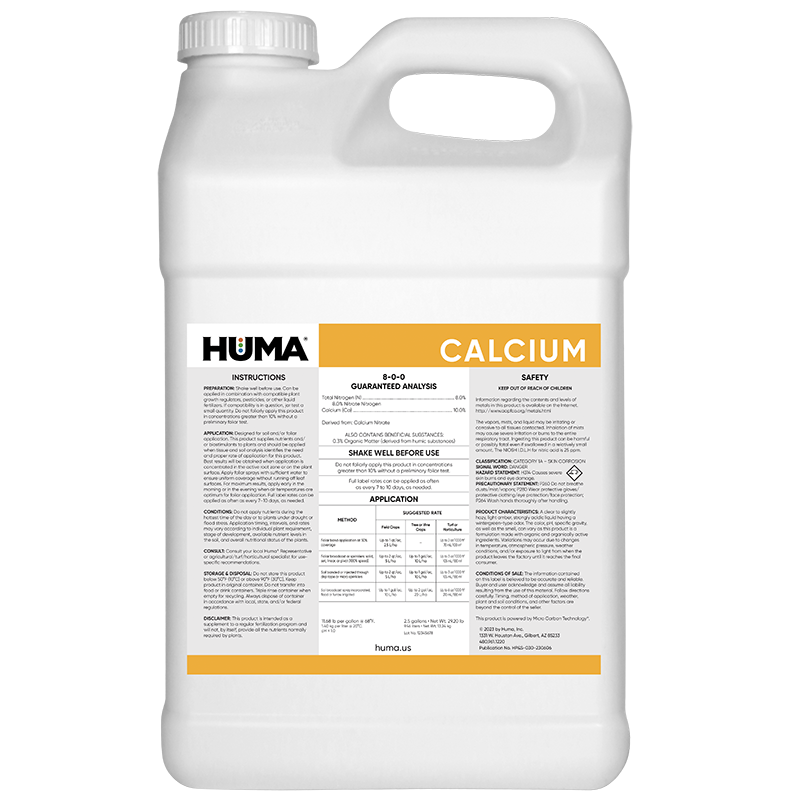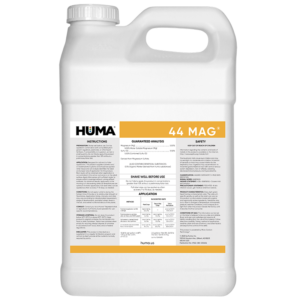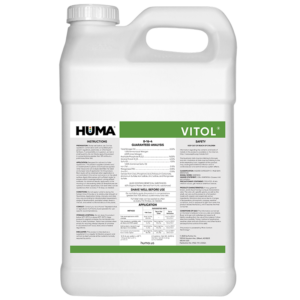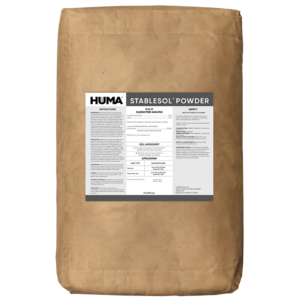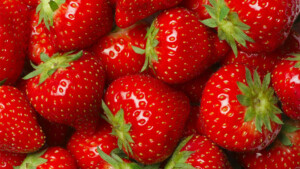Calcium
Benefits of Use:
- Increases stalk strength and reduces lodging in grain crops
- Increases shelf life and reduces shipping and storage disorders in fruits and vegetables
- Promotes maturity and improves fiber quality in cotton
- Improves plant tolerance of environmental stresses
- Enhances nodulation in legumes
- Promotes early root growth
- Promotes maturity and viability in seed crops
Deficiency Symptoms—When to Apply:
- Weak stalk and lodging
- Roots short and knotted
- Leaves and terminal buds distorted
- Leaves with wrinkled appearance
- Leaf die-back at the tips and along the margins
- LETTUCE: tip burn, TOMATO/PEPPER: blossom-end rot, CUCUMBER: hollow heart, BROCCOLI: black heart
FAQs
Related Videos
Nutrient Requirements for Pecan Trees
Pecan grower Josh Bowman of First Fruit Orchards discusses macronutrient and micronutrient recommendations and timing for pecan trees.
Learn More
Huma® Micronutrients and Secondary Macronutrients
Huma liquid micronutrient and secondary macronutrient fertilizers with Micro Carbon Technology (MCT) are extremely efficient. MCT improves nutrient uptake so you can get the most out of your crops. Deliver micronutrients and secondary macronutrients exactly
Learn More
Related Products
Related Case Studies
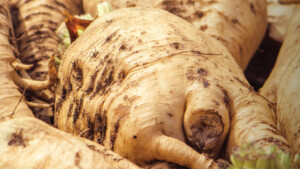
Recoverable Sugar of Sugar Beets Yield Increased Using Huma® Program, Year 2
Objective This field trial was conducted to observe effectiveness of additional preharvest applications of Huma® products on recoverable sugar of sugar beets and return on investment. Materials & Methods This trial on sugar beet (Beta vulgais vulg. altissima) was conducted in Homedale, Idaho. The crop was seeded on April 18 and was harvested on October...
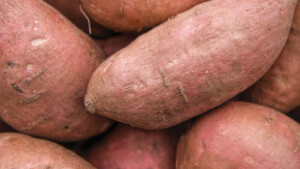
Huma® Program Increases Sweet Potato Yields 39%, With a 10:1 ROI
Objective This field trial was conducted in order to compare sweet potato crop yields and return on investment (ROI) obtained when a Huma® soil product (Zap®, for feeding soil biology and improving soil fertility) and 2 applications of 3 Huma® foliar nutrients (Jackpot®, Calcium, and Super Potassium®) were applied in various combinations. Materials & Methods ...

Recoverable Sugar of Sugar Beets Yield Increased Using Huma® Program – Year 1
Objective This field trial was conducted to observe effectiveness of additional preharvest applications of Huma® products on recoverable sugar of sugar beets and return on investment. Materials & Methods This trial on sugar beet (Beta vulgais vulg. altissima) was conducted in Homedale, Idaho. The crop was seeded on May 8 and was harvested on October...
Related Blog Posts

This Week in Ag #59
“It won’t grow in the bag.” Grandpa never minced words. And that’s how he responded (in frustration) to my dad and uncle whenever they pondered dropping the planter. His philosophy was simple: the moment you can plant, you plant. There’s only so much heat and sunlight Mother Nature offers, so you better take her up on...

This Week in Ag #62
Last week my wife and I frequented a rather posh coffee shop in Gilbert, AZ. I was wearing my “God Made a Farmer” t-shirt, likely not common attire for such a place. Yet the number of compliments I received about it was astounding. The well-to-do clientele ranged from fancy-iced-coffee-drinking twenty somethings to retired couples. But the tenor...

Joel Reid: Humates for Increased Phosphorus Availability
Humic substances in the soil are well known for increasing availability of plant-necessary nutrients (Pettit, 2012). Of the multitude of these nutrients, phosphorus is of paramount importance in many aspects of the growth phases and fruit/grain production of the food crops we raise worldwide. In many cases, phosphorus is an element that is rather immobile...

